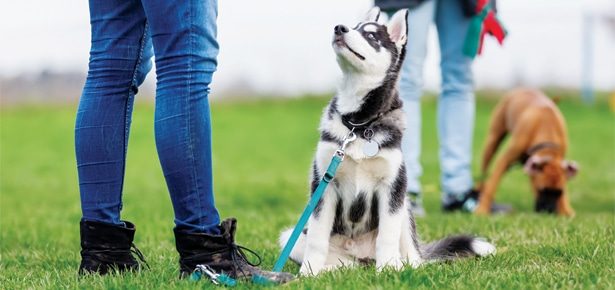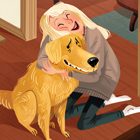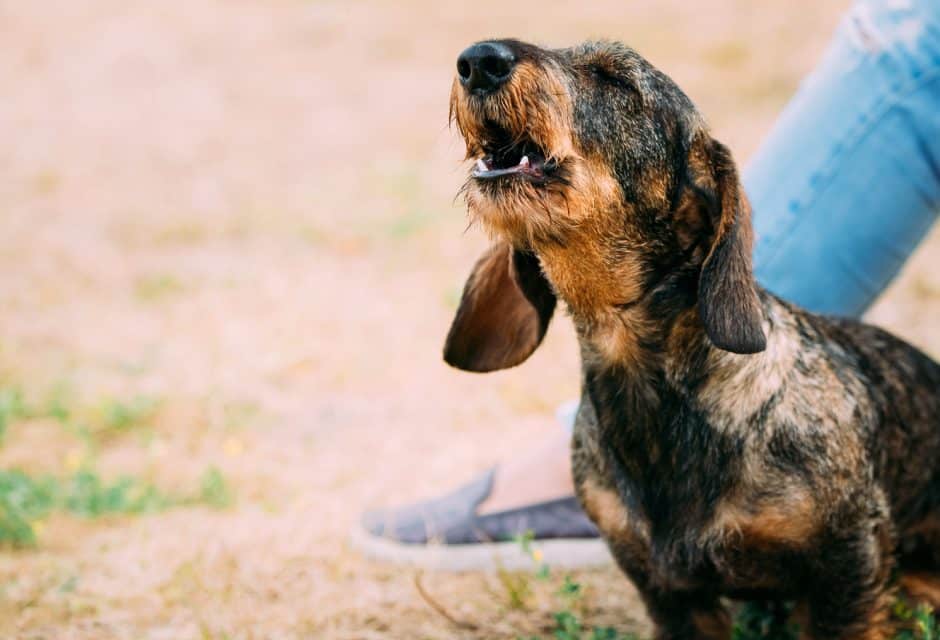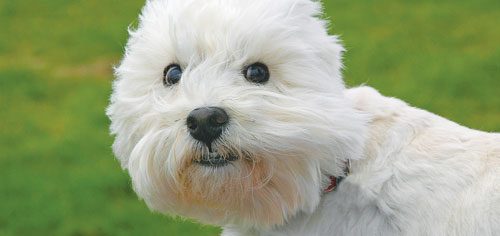
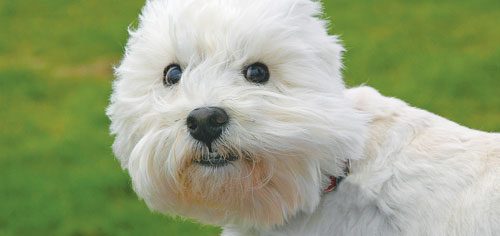
Ask an Expert – Indoor Marking
Expert advice on indoor marking
Ask Jennifer Messer
My Westie, Joey, is reliably housetrained when at home but the minute we go elsewhere— to work, my mom’s, a friends—he lifts his leg. How on earth do I get him to stop marking indoors and embarrassing me?—Red-faced in Redmond
A:If Joey is sprinkling just droplets of eau de toilette—even after a long piddle outside—then he is indeed urine marking and not just “relieving himself.”
Why do dogs mark? What is just stinky bio-waste to us is an odour extravaganza to dogs—fascinating fluid packed with critical information about age, sex, health, and reproductive status. This exchange of personal ID helps canids negotiate relationships and define territories: not altogether different from our online profiles, fences, and flags. Most dogs have a strong urge to reply by pmail to certain odours: a whiff of a female in heat will warrant a squirt in most males, and the smell of any dog urine is a pretty reliable trigger for both sexes. Also, certain smells can prompt marking if they are associated with stressful situations. Dogs will normally keep their home or den clean of urine, but habitually mark the perimeter regardless of what odours they scout—their way of placing a few shingles on the door.
Step 1: Halt the Hormones If Joey still has his crown jewels, then the very first step is neutering. This stops raging testosterone from prodding him on. If intact females are anywhere near the problem places, then stay clear.
Step 2: Odour Eaters The smell of urine is second only to a gal in heat for inspiring male dogs to trickle. And any doggie odour can prompt marking. use an enzymatic cleaner on absorbent surfaces like carpets and couches to purge any soaked-in scents.
Step 3: Train to Refrain If Joey persists without his “boys” or inciting odours, you need a solid training program to expand his concept of “indoors”—where the den is kept clean—beyond just your house. The recipe is similar to housetraining, except the risk of an infraction rises with novelty of location and odours, not bladder size— adults always hold a few drops in reserve to mark just the right occasion!
Choose a house to begin training in that is easy to visit, has no dog traffic, and no priors. reward any outdoor peeing, and carefully observe Joey’s marking posture—intervening indoors will require Olympic speed! plant his bed, dish, and some toys inside so it feels homelike. Keep him on leash, and watch him like a hawk. The first 10 minutes are crucial: occupy him with obedience games: shake a paw, fetch, tug—buy time for smells to get old. Intense sniffing is your cue to tie up his pmail neurons before he hits reply. If he tries to mark shriek “Outside!!!” and rush him outdoors. The more time spent hanging out, well supervised, the sooner this house becomes a second home. Gradually ease up on restrictions, and start on the next location. Some dogs get quicker and quicker at becoming “safe” in new places while others always require several visits under close watch. expect him to have more trouble inhibiting himself in less homelike buildings, especially those with dog traffic. Be extra vigilant at previous crime scenes. If you can’t beat it, band it For difficult locations where training doesn’t cut it, try managing him with a belly band—a small abdominal wrap with a sanitary pad placed inside, at the tip of his wand. It may not stop marking, but at least there is no mess. And, if you place the napkin very discreetly, the other dogs won’t even tease him!
Join the newsletter and never miss out on dog content again!
"*" indicates required fields
By clicking the arrow, you agree to our web Terms of Use and Privacy & Cookie Policy. Easy unsubscribe links are provided in every email.
